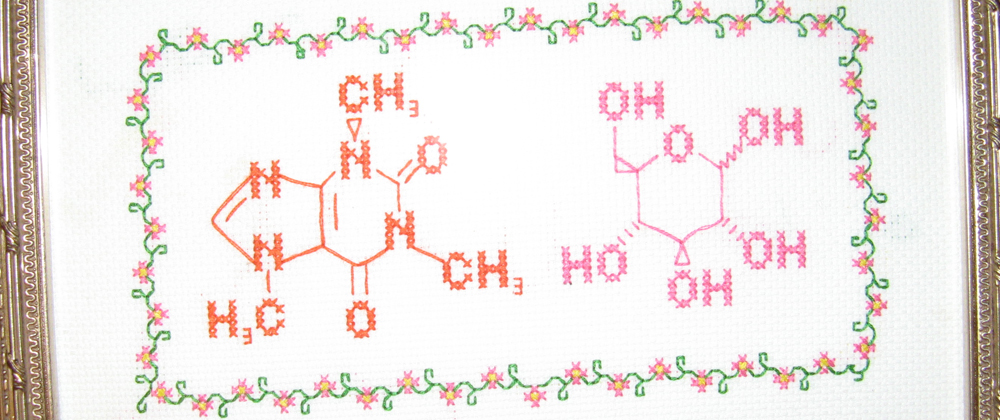Via Evolgen, an article by Nicholas Wade on tools to recognize doctored images that accompany scientific manuscripts. Perhaps because “seeing is believing,” pictures (including visual presentations of data) have been a favored weapon in the scientist’s persuasive arsenal. But this means, as we know, that just as images can persuade, they can also deceive.
The deceptions Wade discusses in the linked article rely primarily on using Photoshop to cover up inconvenient features (like bands on gels), to resize isolated parts of images, to rotate things, and the like. Wade writes:
At The Journal of Cell Biology, the test has revealed extensive manipulation of photos. Since 2002, when the test was put in place, 25 percent of all accepted manuscripts have had one or more illustrations that were manipulated in ways that violate the journal’s guidelines, said Michael Rossner of Rockefeller University, the executive editor. The editor of the journal, Ira Mellman of Yale, said that most cases were resolved when the authors provided originals. “In 1 percent of the cases we find authors have engaged in fraud,” he said.
(Emphasis added.)
Notice that while most of the manipulations were not judged to be fraud, there was a fairly high proportion — a quarter of the accepted manuscripts that had illustrations — that violated JCB guidelines.
Possibly this just means that the “Instructions to Authors” aren’t carefully read by authors. But it seems likely that this is also indicative of a tendency to cherry-pick images to make one’s scientific case in a manner that would seem pretty darn sneaky were it applied to data. You can’t just base your analysis on the prettiest data; why should you get to support your scientific claims with the prettiest available images?
RPM has a lovely discussion of this, including the phenomenon of “picture selection”. And the Wade article gives a nice feel for how the mathematical features of digital images can make alterations that aren’t detectable by the naked eye as altered quite easy to find with the right algorithms. Either this kind of image doctoring will get smacked down quicker than a student paper cut and paste from the internets … or the job opportunities for mathematicians in science labs may increase. (Knowing how the algorithms work may make it possible to find ways to defeat detection, too.)
But that’s not the part of the Wade article that got my dander up today. The bit I want to discuss (below the fold) is whose responsibility it is to catch the folks trying to lie with prettied-up images.
Continue reading→



